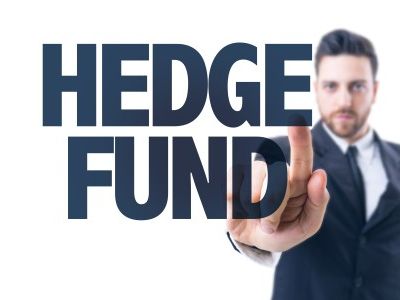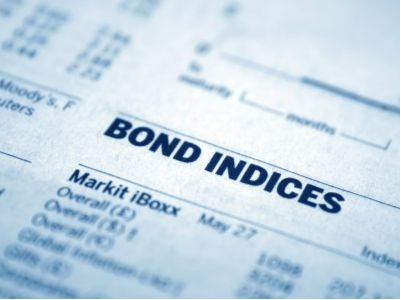Schroder Investment: Seize the current investment opportunities in European short-term bonds.
2024-11-05 14:48
Compared to long-term bonds, short-term bonds not only provide attractive valuations, but also offer higher downside protection.
On November 5th, Michael Lake, Global Fixed Income Investment Director at Schroders, wrote that with an economic "soft landing" becoming the basic expectation for investors, the demand for bond duration, or the sensitivity of bonds to interest rate changes, has increased. This is especially apparent in shorter-term bonds. Compared to long-term bonds, shorter-term bonds not only offer attractive valuations, but also provide higher downside protection. In addition, as the European Central Bank (ECB) begins its interest rate cutting cycle, cash deposit rates are expected to decrease, which will further drive bond prices up and enhance the attractiveness of bonds relative to cash.
First, attractive valuations
Fixed income investors have experienced challenging times over the past few years, but this has also brought about attractive valuations. In short, the prices of certain bonds appear more reasonable relative to their expected yields, making them a potentially good investment choice. Additionally, the expectation of future lower inflation further increases the attractiveness of fixed income investments, as lower inflation can maintain the purchasing power of fixed interest payments and provide room for central banks to cut interest rates. The Bloomberg Euro Aggregate 1-3 Year Index tracks a large number of short-term bonds priced in euros, showing that the current yield on short-term euro bonds is higher than the median for 10 and 20 years. Yields higher than historical medians mean that these bonds offer higher returns and are relatively cheap.
Second, lower yields bring additional returns
Predicting market trends can be challenging, but yields have slightly decreased from recent highs. However, when bond yields decline, there are still significant returns to be found. When yields fall, bond prices typically rise, as fixed interest payments become more attractive compared to other investments in the market. With the European Central Bank entering an interest rate cutting cycle, investors can expect bond yields to decrease (thus prices to rise) accordingly. Investing in short-term Euro bonds at high yields over the past 20 years will easily outperform cash.
Third, room for spread cushion to rise
Bond yields reflect the expected income and potential capital gains for bond holders. When yields decline, bond holders can benefit from capital appreciation. Conversely, when yields rise, bond investors may face some capital losses, but these losses are usually partially offset by the income received. Before investing, understanding how much capital loss can be offset by the income received is helpful. This is often referred to as "spread cushion," indicating the extent to which yields can rise before capital losses exceed income returns, providing a cushion for downside protection. The good news is that even for short-term fixed income products, the current high yields provide ample safety margin for capital losses. This is because even if yields rise significantly, it may not be enough to offset the high starting yields, thus providing higher downside protection.
Fourth, are we in an economic "soft landing" scenario?
While attractive valuations and safety cushions are important, the key to investing in short-term fixed income products is the direction of the investment market. The basic expectation is still for an economic "soft landing," where central banks have done enough to lower inflation without disrupting the economy. However, the risk of a "hard landing" in Europe is increasing, especially as the outlook for manufacturing and services sectors is bleak, and there are signs of weakness in the labor market. If the possibility of a "hard landing" increases, the European Central Bank may accelerate rate cuts to address further economic slowdown.
Fifth, attractive cash rates may not last
As bank deposit rates are linked to the monetary policies of the European Central Bank and other central banks, investors are unlikely to continue enjoying the high returns of recent years. By investing in short-term fixed income products, investors may be able to lock in high yields for three to five years, which are still higher than most deposit rates.
RECOMMEND

AMAC: In January, 137 new asset-backed special plans were filed, with a total scale of 1122.64 billion yuan.
26/02/2025

Schroder Investment: Investors should consider allocating funds to securitized credit and insurance-linked securities.
26/02/2025

Reuss County Asset Annual Reflection: Policy Tipping Point is very clear. The semiconductor industry in 2025 is a game for the brave.
26/02/2025


